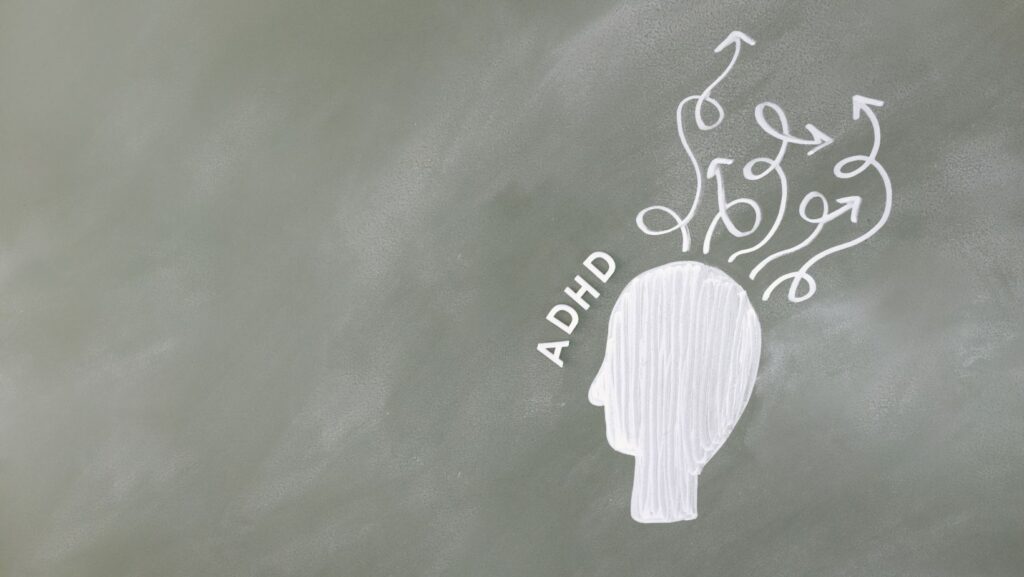In today’s fast-paced world, staying productive can be a challenge for anyone, but for those with ADHD, it often feels like an uphill battle. ADHD, or Attention Deficit Hyperactivity Disorder, impacts the brain’s executive functions, making it difficult to focus, organize tasks, and manage time effectively. However, with the right strategies, individuals with ADHD can harness their unique strengths and improve their productivity.
Understanding how ADHD affects daily life is crucial for developing effective productivity tips. People with ADHD often struggle with distractions, impulsivity, and procrastination, but they also possess creativity, hyper-focus, and problem-solving abilities. By leveraging these strengths and implementing tailored strategies, they can enhance their productivity and achieve their goals.
ADHD Productivity Tips
 Attention Deficit Hyperactivity Disorder (ADHD) affects an individual’s ability to maintain focus, manage time, and organize tasks. They often experience distractions, making it challenging to complete tasks efficiently. Common symptoms include inattentiveness, impulsivity, and hyperactivity, which directly impact productivity levels.
Attention Deficit Hyperactivity Disorder (ADHD) affects an individual’s ability to maintain focus, manage time, and organize tasks. They often experience distractions, making it challenging to complete tasks efficiently. Common symptoms include inattentiveness, impulsivity, and hyperactivity, which directly impact productivity levels.
Because of these symptoms, individuals with ADHD frequently find it difficult to prioritize activities and maintain attention on single tasks. They may start multiple projects without finishing them, leading to a lack of progress and increased frustration. Time management becomes a particularly daunting task, as they struggle to allocate adequate time for important activities.
Despite these challenges, those with ADHD often exhibit unique strengths. Many display exceptional creativity and innovative problem-solving skills. Recognizing these positives can help harness their potential and mitigate productivity challenges. With tailored strategies, they can channel their strengths and improve their focus and efficiency in both personal and professional environments.
Creating a Structured Environment
Creating a structured environment enhances productivity for individuals with ADHD. An organized setting reduces distractions and promotes focus.
Organizing Your Workspace
 Optimal workspace organization begins with decluttering. Removing unnecessary items minimizes distractions and creates a calmer atmosphere. Using labeled storage solutions helps maintain order and ensures essential items are easily accessible. Proper lighting, such as natural light or task lights, boosts concentration and reduces fatigue. Position ergonomic furniture to foster comfort, which can mitigate restlessness and improve focus.
Optimal workspace organization begins with decluttering. Removing unnecessary items minimizes distractions and creates a calmer atmosphere. Using labeled storage solutions helps maintain order and ensures essential items are easily accessible. Proper lighting, such as natural light or task lights, boosts concentration and reduces fatigue. Position ergonomic furniture to foster comfort, which can mitigate restlessness and improve focus.
Implementing Time Management Techniques
Effective time management techniques prioritize tasks. Utilizing digital tools or planners assists individuals in organizing their schedules and setting reminders. Breaking tasks into smaller, manageable steps prevents overwhelm and provides a clear path to completion. Time-blocking allocates specific periods for focused work and regular breaks, fostering productivity while maintaining energy. Pomodoro Technique, involving intense work sessions followed by short breaks, maximizes productivity by leveraging attention spans effectively.
Effective Task Management Strategies
Managing tasks effectively is crucial for individuals with ADHD to enhance productivity and reduce overwhelm. Implementing structured approaches reduces stress and improves task completion efficiency.
Prioritizing Tasks
Prioritizing tasks involves assessing deadlines and importance to determine what warrants immediate attention. Creating a priority matrix can help categorize tasks into urgent, important, neither, or both. Visual tools, like digital apps and color-coded lists, assist in distinguishing priorities quickly. Regular reviews ensure tasks stay aligned with goals.
Breaking Down Projects into Manageable Steps
 Dividing projects into manageable steps reduces overwhelm and facilitates progress tracking. Each step should represent a distinct, small task with realistic deadlines, preventing procrastination. Mind maps or digital planners help visualize these steps, ensuring clarity and focus. Acknowledging each completed task boosts motivation and encourages continued effort.
Dividing projects into manageable steps reduces overwhelm and facilitates progress tracking. Each step should represent a distinct, small task with realistic deadlines, preventing procrastination. Mind maps or digital planners help visualize these steps, ensuring clarity and focus. Acknowledging each completed task boosts motivation and encourages continued effort.
Utilizing Technology and Tools
Leveraging technology and tools can significantly enhance productivity for individuals with ADHD. Digital planners and apps designed for task management offer structured ways to organize daily activities and set reminders, helping users stay on track. These tools can be customized to suit personal preferences, allowing for a more tailored approach to managing tasks.
Incorporating technology into daily routines not only aids in maintaining focus but also provides a visual representation of progress, which can be motivating. By embracing these resources and combining them with personalized strategies, individuals with ADHD can effectively navigate their unique challenges and harness their strengths, ultimately leading to improved productivity and a more fulfilling lifestyle.



